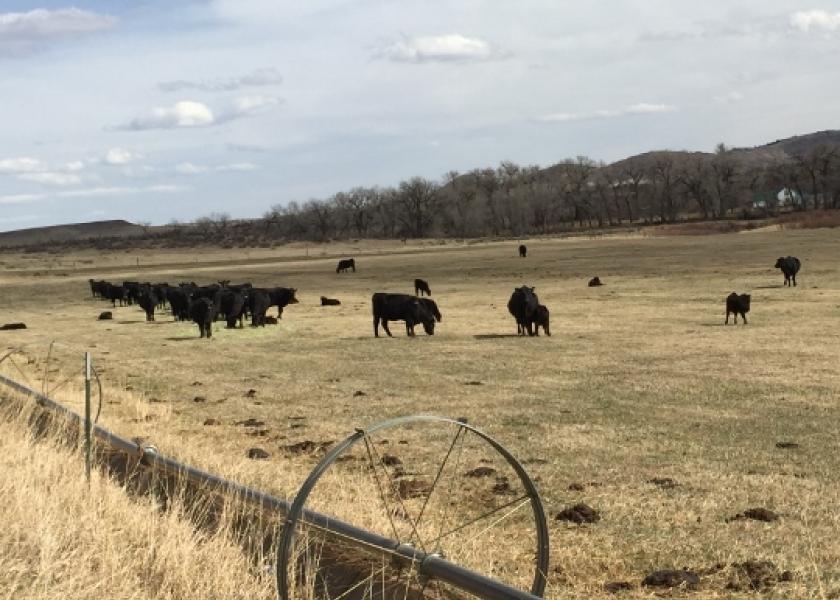Wet or Dry, Watch for Anthrax in Beef Herds

Spores of the bacteria Bacillus anthracis, which cause anthrax when consumed, can survive in the soil for years. Given the right conditions, localized outbreaks can cause sudden death loss in cattle and a disease threat for producers and veterinarians. Those “right conditions,” ironically, could include drought or floods.
During drought conditions, cattle often graze sparse forage plants closer to the ground, increasing the likelihood they’ll consume soil containing the B. anthracis spores. In wet or flooded conditions, such as this spring in many areas, high water can transport spores from the soil and deposit them on plants, again resulting in localized outbreaks. In a “normal” year, cattle primarily graze the upper portion of forage plants and have lower risk of exposure to the spores.
With excessively wet conditions affecting farms and ranches across much of the Midwest and South this spring, North Dakota state veterinarian Dr. Susan Keller reminds producers and veterinarians to remain vigilant and vaccinate cattle against anthrax, especially in locations where the disease has occurred in the past. Keller notes that an effective anthrax vaccine is readily available, but it takes about a week to establish immunity, and annual vaccinations are necessary to maintain protection.
Keller also stresses the importance of quickly collecting samples for diagnostic testing when pasture cattle die of unknown causes.
In a 2018 article, South Dakota State University veterinarian Russ Daly notes that animals grazing the area where anthrax deaths occur probably are at risk of contracting the disease. Prompt treatment with antibiotics and vaccine can help prevent further losses. Daly also stresses that animals that die from anthrax should be burned or buried within 36 hours of death so they don’t become a source of infective spores.
Daly says Bacillus anthracis is plentiful throughout an animal that has died from anthrax, and can be detected from many different sample types. He warns veterinarians though, about opening the carcass of an animal dead from anthrax, which exposes the bacteria to oxygen and causes them to revert to their resistant spore form, and can increase risk of human exposure. In most cases, he says, the veterinarian can obtain blood samples from animal’s jugular or tail vein for submission to the diagnostics lab. Timely sampling and submission are critical to obtain viable samples, enable quick response to the diagnosis and to allow rapid disposal of the dead animal for biosecurity.
An anthrax factsheet is available on the North Dakota Department of Agriculture website.
Read more about anthrax in beef herds in these articles from BovineVetOnline:
How the Veterinary Lab Diagnoses Anthrax in a Beef Herd
Anthrax Claims A Dozen Cattle In S.D.
Conditions Right for Anthrax in Livestock







